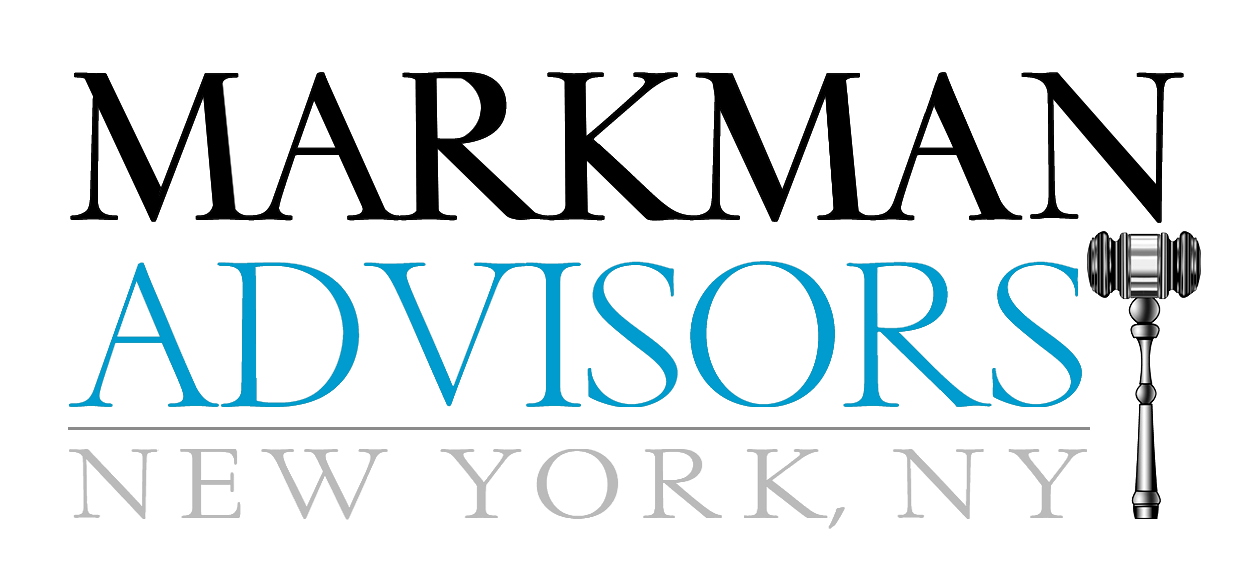How many patents does Tesla have for its robotaxis?
Zachary Silbersher
Elon Musk wants to “delete” all intellectual property law. Yet, Tesla has roughly 13,000 patents and pending applications worldwide. Patents can provide a unique lens for investors to view a company since patent applications can reveal material information about crowded art or the lack of prototypes. Tesla’s trillion dollar valuation is based in large part on robotaxis. So how many patents does the company have for its robotaxis?
Tesla recently rolled out its robotaxis in Austin. The market for Tesla stock rallied on the news. Robotaxis are one of the moonshots propping up Tesla’s trillion dollar valuation. That begs the question whether Tesla’s patents provide anything revealing about the company’s trillion dollar innovative moonshot.
But wait a minute! Elon Musk doesn’t like patents. He previously advocated for the abolition of intellectual property rights. Jack Dorsey, Twitter’s founder, posted, “Delete All IP Law.” Musk promptly agreed.
Fair enough. The truth is that Musk and Dorsey are not alone. Scores of Silicon Valley soldiers have argued for years that patents should all die. Unsurprisingly, that mantra has been complemented by a veritable policy campaign by Big Tech itself to diminish and mitigate the value of patents.
Yet, regardless of how you feel about patents, as I’ve previously argued on this blog, patents can be a useful source of information for investors. In the case of Theranos, the company’s patents revealed, in plain sight, for years, what investors claimed was kept from them through fraud. In a more solemn instance, patents owned by OceanGate, the underwater submersible that imploded with numerous tourist passengers aboard, revealed that the company’s claimed safety protocols were likely seriously deficient.
So, what do Tesla’s patents reveal?
First, Tesla’s patents arguably undermine Musk’s desire to “delete” all intellectual property law. The company has close to 13,000 patents and pending applications. In the U.S. alone, the company has close to 3,000 patents and pending applications. On its face, these figures arguably belie Musk’s claim that all patents should die because the company has thrown some money at them.
Patents aren’t super expensive, but they also aren’t cheap. In the U.S., a well drafted patent with sophisticated technology require competent counsel that can easily cost as little as $10,000 and as much as $100,000. You can do that math and quickly see that Tesla has probably spent as little as $30 million and as much as several hundred million. These numbers may admittedly not be material to a company worth a trillion dollars, but they also don’t demonstrate an effort to foregoe all patent protection for Tesla’s products.
Not all of Tesla’s patents, however, are directed to robotaxis. Many of Tesla’s patents are directed to technology involving “autonomous control systems.” For instance, one of the patents define “autonomous control system” to include, “Autonomous control systems are systems that guide vehicles (e.g., automobiles, trucks, vans) without direct guidance by human operators.”
Based on this, we can presume that many of the patents that Tesla has that are directed to robotaxis will likely use the phrase, “autonomous control system.” In the U.S., Tesla has approximately eight patents that use the phrase “autonomous control system.”
Admittedly, that may not include all of Tesla’s pending applications. Patent applications are not public when they are initially filed. They only typically become public eighteen months after being filed when they are “published” by the Patent Office. Furthermore, companies can request that a pending patent application is not published, and therefore, remains confidential while the patent application is examined by the Patent Office.
That said, an issued patent is necessarily public. When a patent issues, whether the application was previously published or not, the patent is public. On the other hand, the data on Tesla’s patents in this post is all taken from Google’s patent database, which is widely used among patent practitioners. The database itself acknowledges that its results are approximate. Yet, it’s unlikely that if the database reveals that only eight patents exist, there are in fact hundreds of others that are not identified.
Perhaps there are other keywords that can uncover Tesla’s innovative ideas for robotaxis. The company appears to have no patents or pending applications that use the phrase, “robotaxi”. It has about nine patents or pending application that use the word, “taxi”, yet, not all even these are directed to actual taxis, such as a patent for a caddy for a pager.
The company has approximately 57 patents and pending applications that use the phrase, “autonomous driving.” That is not nothing. This includes a patent directed to sanitizing the interior of an automobile previously spottedby other commentators.
On the other hand, Waymo has over 2,500 patents and pending applications that use the phrase, “autonomous driving.” Yet, contrasted against Tesla, Waymo has a current valuation of only around $45 billion.
One explanation for all of this may be that Tesla’s robotaxis rely on cameras and software, whereas Waymo is using more sophisticated but also more expensive Lidar technology.
Admittedly, the market already knows about the technology difference between its robotaxis and Waymo’s. The market is also learning that Tesla’s robotaxi rollout is already receiving reports of mistakes, screwups and safety concerns.
Sometimes patents tell investors something new. Other times they tell us something we already know.
